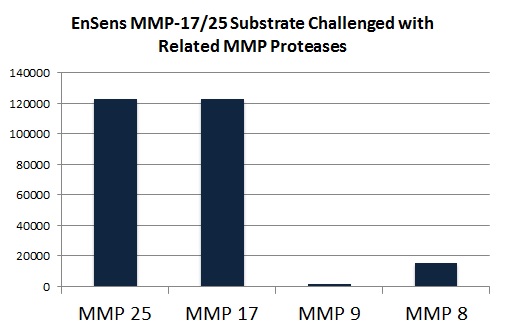
In eukaryotic cells DNA is packaged in nucleosome units called mono-nucleosomes which consist of a segment of DNA called core DNA (147 bp in length) wound around a histone octamer (Fig 1.). Histone octamers are assembled from 2 copies of the the core histones H2A, H2B, H3, and H4. These mono-nucleosomes are connected by linker 80bp-long DNA. A fifth histone type of protein, the so-called linker histone H1, binds to the linker DNA close to the entry and exit of the core DNA and is involved in chromatin compaction (Fig 1.).
Substrates for epigenetic enzyme assays and inhibitor screenings
In the past, native or recombinant nucleosomes, single histone proteins, or histone derived peptides have been available for assays with epigenetic enzymes such as histone methyltransferases or histone acetylases and related screenings for inhibitors of the respective enzymes (for an overview about the products available, you might like to read my recent post Find the best epigenetic enzyme substrate for your needs).

As some epigenetic enzymes require highly specific substrates, Epicypher has now launched a new product line – Designer Nucleosomes (dNuc). dNUCs are semi-synthetic nucleosomes incorporating specific histone post-translational modifications. These reagents represent a powerful new technology – critical in understanding chromatin biology and for the development of novel drug targets and precision therapeutics. It is known that highly specific histone modifications can be linked to certain diseases (see Table 1). Table 1 liste the dNUCs which are already available, for further information have a look at our list of Designer Nucleosomes. dNUCs serving as substrates for the most relevant epigenetic enzymes will be added to our catalog in the coming months. If you have specific modifications in mind, which which are know to be optimal for your enzyme of interest, please let me know through the form below. Epicypher might already have this designer nucleosome in their pipeline – or might be able to produce it on a customized basis.

To get more insight into the dNuc manufacturing process Epicypher applies, you can download the white paper Not All Designer Nucleosomes are Created Equal: A Tale of Two Cysteines.
The paper compares the two currently used synthetic methods to produce dNUCs, native chemical ligation (NCL) and methyl lysine analog (MLA). The paper shows that NCL – the method used by Epicypher – yields superior nucleosome preparations.
Any questions or comments? Please feel free to contact me with the form below!
 Interested in learning more about tools like this?
Interested in learning more about tools like this?Subscribe to thematic newsletters on your favourite research topics.



